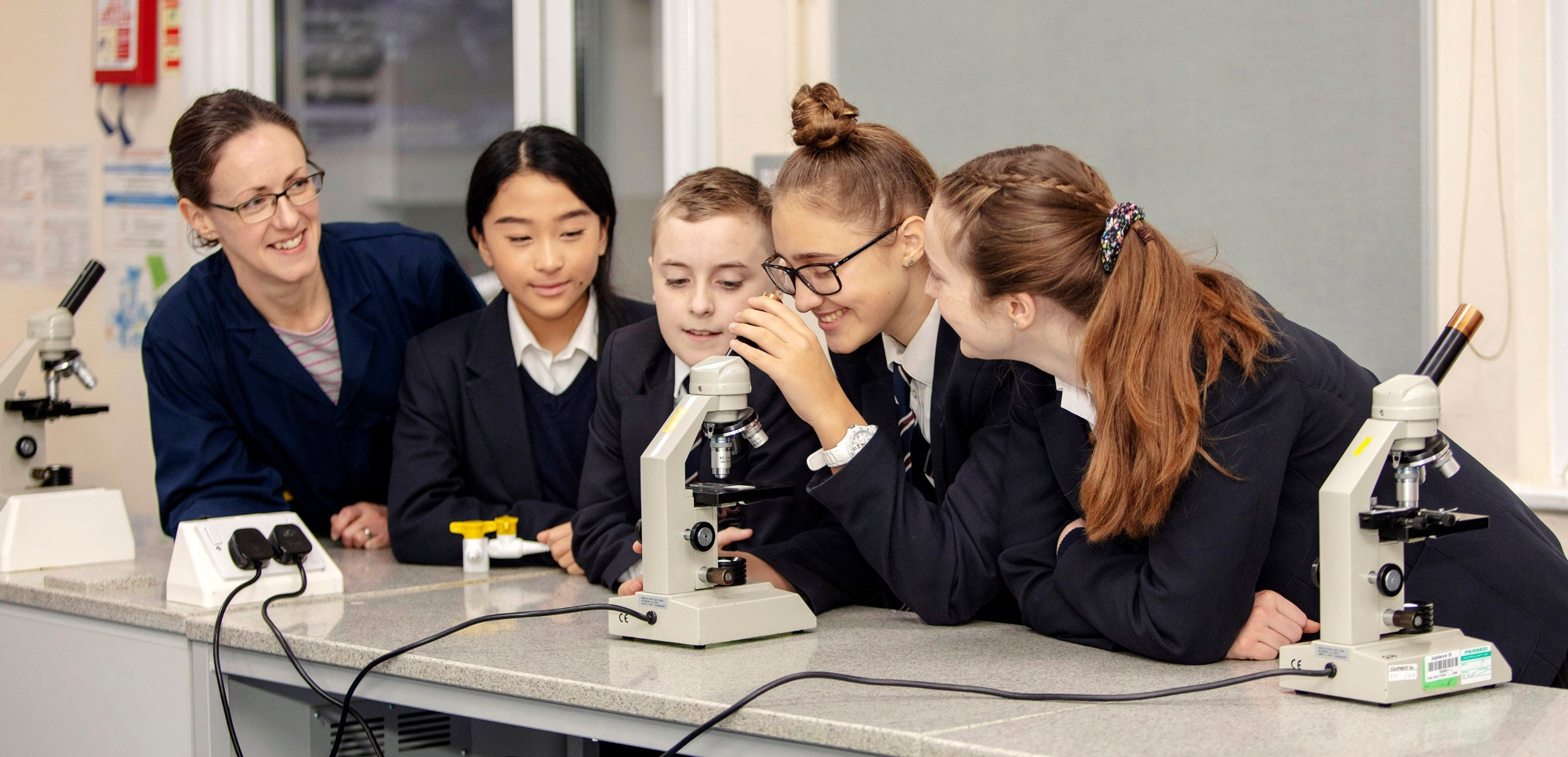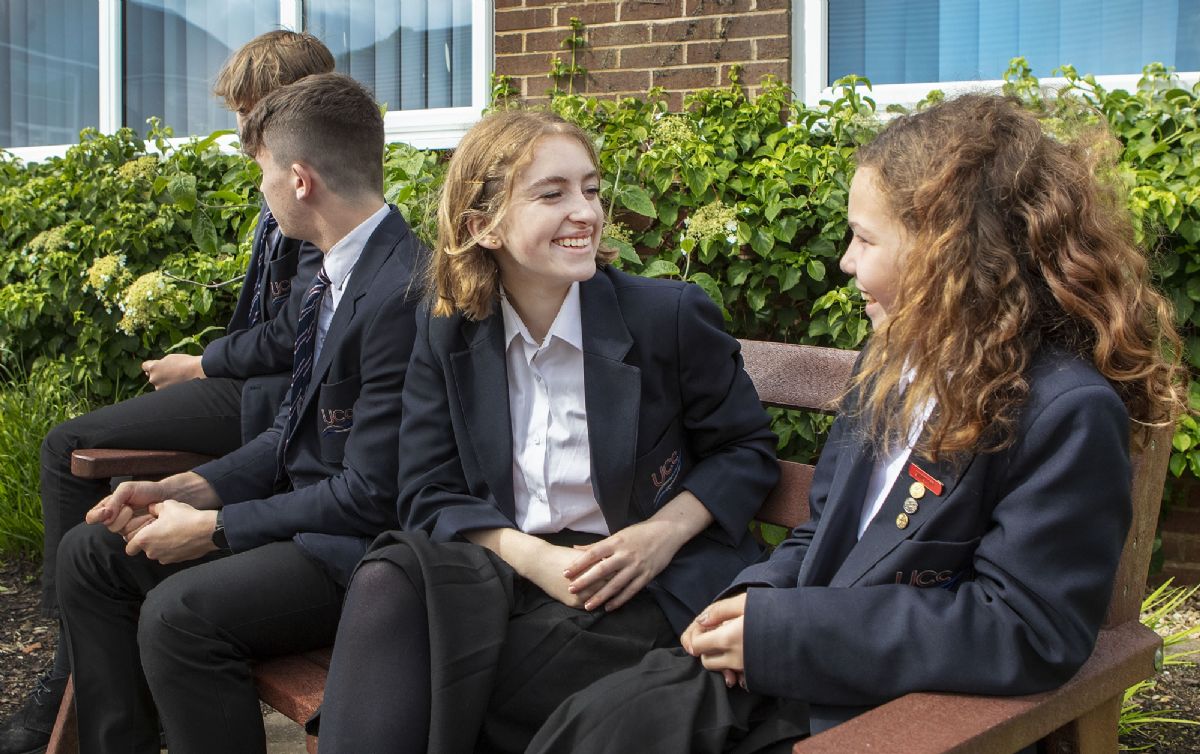Art

GCSE Art
Aims
Art involves an exciting journey of discovery, experimentation and personal response. Students will need to be open to new ideas and to creatively engage with the world around them. Art encourages critical thinking; problem solving; independence and commends those willing to take creative risks with their work. Challenging themselves and being self-regulated in their independently led investigations will deepen the students’ understanding and empower the next generation of future innovators and image-makers.
Approach
At UCC students pursue AQA’s GCSE qualification in Art, Craft and Design. This multi-disciplinary course covers a wide range of skills and subject matters. Through set project briefs you will study drawing, painting, printmaking, art textiles, photography, mixed media and sculpture.
In Art you will be working very hard from the word go; developing your skills and building your coursework portfolio, which counts toward 60% of your final grade. You can expect at least one hour of homework every week, which will also be part of your overall grade. Expectations of students on this course are high and you will need to be aware that it is not an easy option. Research and development is a key part of the course, as well as diligence and resilience.
GCSE Art, Craft and Design is an excellent opportunity for students who want to study in an art & design related field post 16, but also develops and nurtures valuable transferable skills for students who may choose other study or career pathways.
Topics
Introduction to GCSE and Key Skills Workshops
Component 1: 60%
Internally set projects: Students conduct two projects; the first is a more generic ‘Structures’ project and the second is an independently led project where students have a choice of eight different starting points. These projects provide the main body of coursework.
Component 2: 40%
Externally set project – as set by the exam board (AQA). This includes a 10-hour practical exam
Assessment
The coursework projects (component 1) are 60% of the total mark and the externally set project (component 2) is worth 40% of the total mark. The coursework comprises 1-2 units of work, which demonstrate the candidates’ investigative, recording and developmental skills, and results in one or more personal responses (final pieces). Component 2 requires candidates to produce one unit of work from conception to realisation over a fixed period of time. At the end of the allocated preparation time students create a personal response in a 10-hour exam to show how they have realised intentions.
Further Education and Career Opportunities
Art & Design GCSE is an ideal stepping stone towards an A level or BTEC diploma in art and design; leading to an array of exciting creative opportunities.
To be Successful on this Course you will
-
Have produced consistently good work at KS3 in Art
-
Have good drawing ability
-
Be enthusiastic about learning different areas of art, craft & design
-
Be willing to make mistakes, learn from them and to turn them into exciting outcomes



